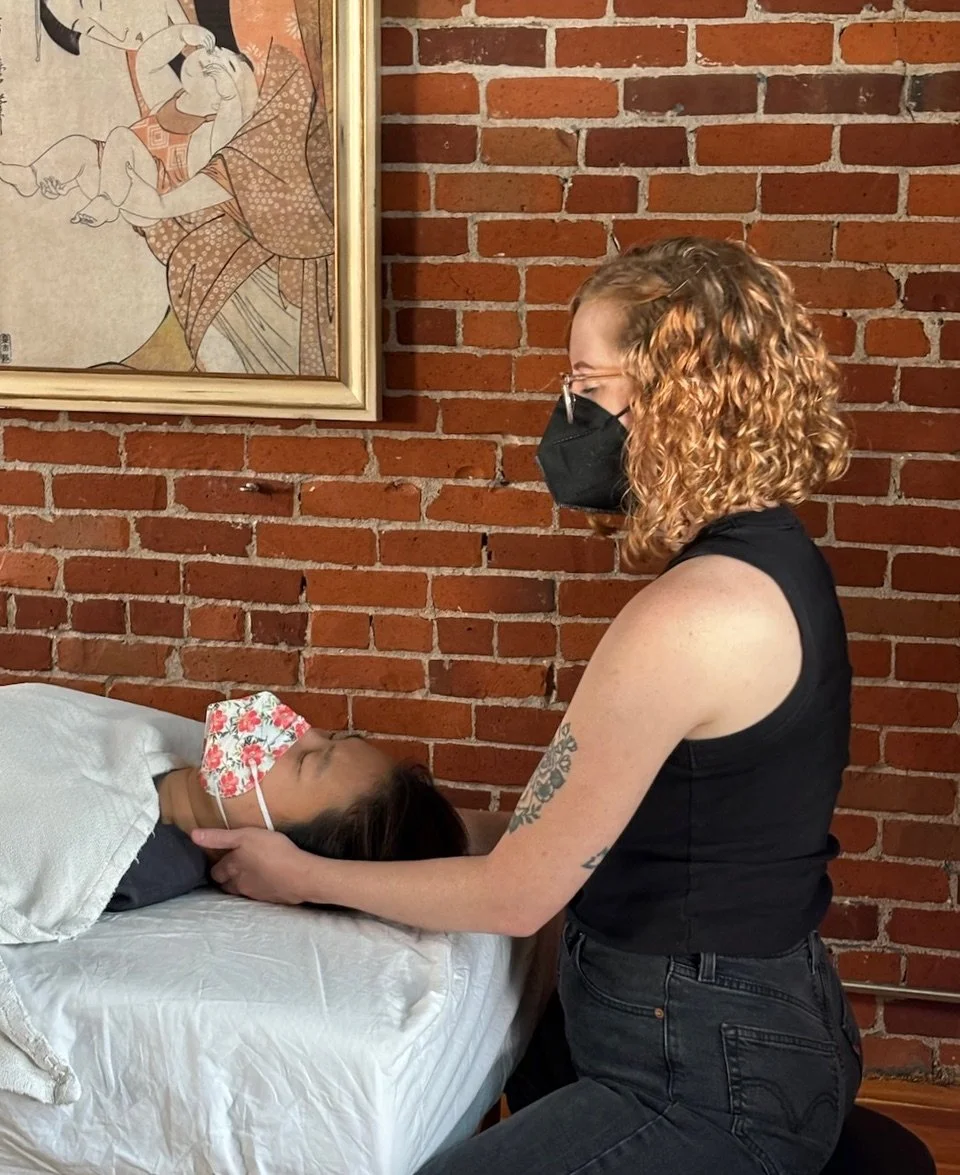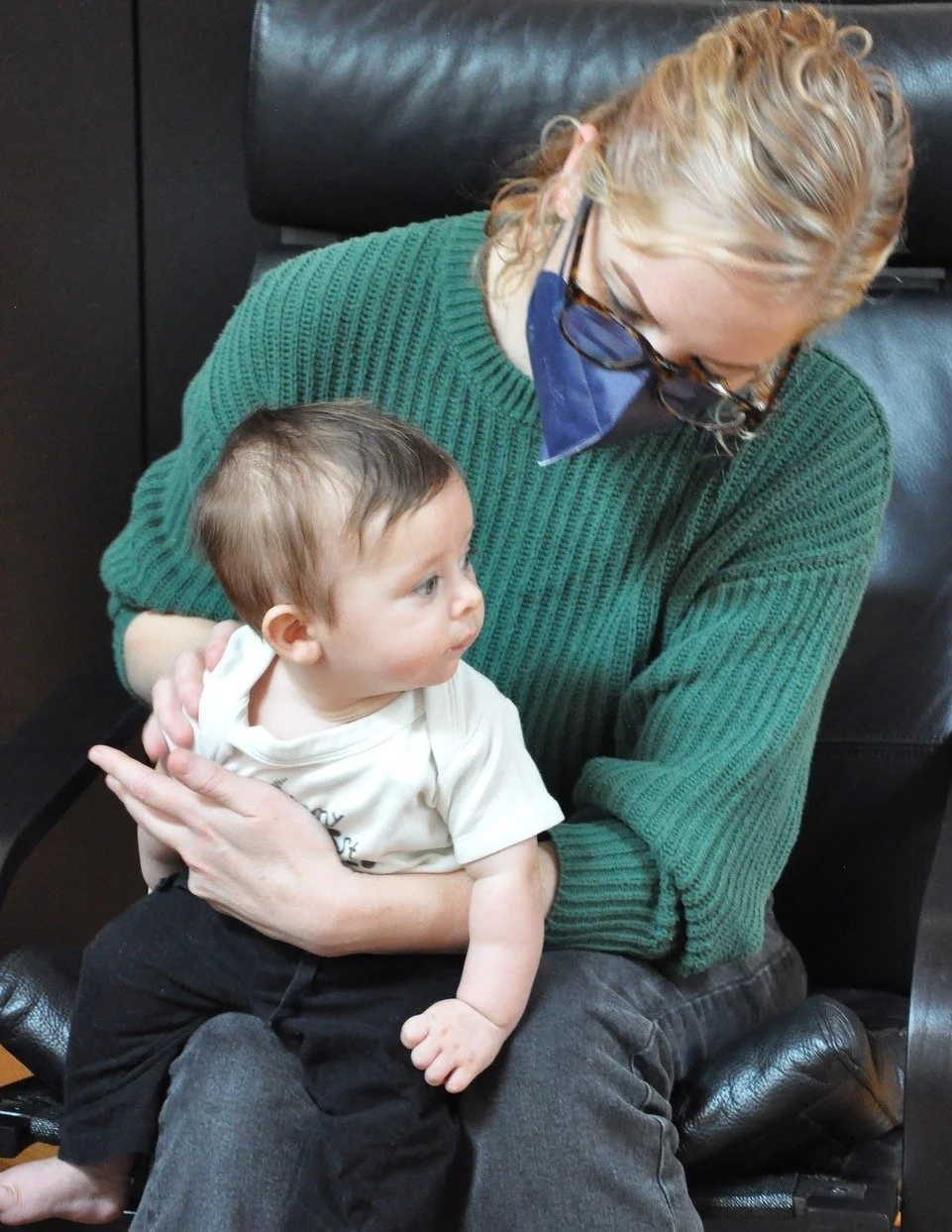Craniosacral Therapy
About Craniosacral Therapy
Craniosacral therapy is a gentle form of body work that involves tuning into the rhythms of the body, including the flow of cerebrospinal fluid, which surrounds the brain and spine. As we follow the rhythm, we can sense where energy is moving and where it is not. In areas where it is stuck or slow, we bring our attention to it and ask if the body wants to change this pattern. Unlike massage, craniosacral therapy is less about manipulation and more about holding space. The body is the one doing the work, we are simply the witness shining a light on things that feel out of balance and inviting an opportunity for change.
There are few to no contraindications for craniosacral therapy and it is typically very well tolerated. Patients report feeling relaxed, refreshed, lighter, and even more mobile following a treatment.
Infant Craniosacral Therapy
Dr. Casey completed a training with Carol Gray, a craniosacral therapist, teacher, and former midwife, in 2024 to be able to offer craniosacral therapy to infants in her practice.
After solely treating adults and adolescents, Dr. Casey held a 3 month old baby who had spent its first month of life in the NICU. She was a healthy and vibrant little being, but her nervous system still held some of the tension and trauma of her entrance into this world. With the parent’s permission, she gently treated the pelvis of this baby and could feel the release in her body after just a few moments. This was a lightbulb moment for her:
“If we can help to treat the nervous systems of babies, then maybe we can set them up to feel better as children, teens, and even adults. Maybe we can help them find balance before the symptoms are obvious enough that they need to be treated.”
Indications for Infant Craniosacral Therapy
Fussy, hard to soothe babies
Babies who seem uncomfortable in their bodies
Babies who have digestive or elimination difficulties
Reflux
Colic
Spitting up
Breastfeeding problems/Difficult latching
Babies who favor turning their heads to one side
Babies who favor one breast or position for nursing
Babies who seem overly sensitive
Babies who hate tummy time
Teething babies
Non-sleeping babies



